What is Early and Modern Irish?
Early and Modern Irish is the study of the language, literature, and culture of Ireland and Gaelic Scotland from the beginning of records down to modern times.
Early Irish is the language in use in Ireland from the earliest period for which there are records up to the year 1200. Modern Irish is the language in use in Ireland from the end of the 12th century to the present day.
What 3rd level courses are available?
Universities and colleges in Ireland are offering Early and Modern Irish courses in the following subject areas:
- Structured Ph.D. in Contemporary Irish Studies – Provides a suite of modules that are focused on contemporary issues in Irish society, politics, and culture.
- Irish History – Participants will learn about events in Irish History from Medieval times to the 21st century.
- Irish Language and Culture – A study of Irish Language and Culture
- Irish for Beginners Course – Suitable for beginners to the Irish language.
- Conversational Irish – This Conversational Irish class is suitable for those who have a basic knowledge of Irish and wish to practice their cúpla focal in a relaxed and friendly environment.
- Irish Conversation for Primary School Teaching – A grammar & conversation course focusing on B2 Level TEG exam for PME in Primary Education.
- Irish Literature: From Yeats to McKeon – A general introduction to critically reading some of Ireland’s best literature with reflection on the poetic technique in poetry and prose.
- Irish Literature: From Moore to Enright – A general introduction to critically reading some of Ireland’s best-known literature in the context of a progressing Ireland and also focussing on the locations of the novels.
- Irish Literature: From Plunkett to Rooney – S general introduction to critically reading some of Ireland’s best-known literature in the context of a progressing Ireland.
Studying Early and Modern Irish in college
Many Early and Modern Irish courses take place over 1 year to 4 years depending on the course and modules selected. There are also part-time courses and night courses available so you can be sure to fit in your studies no matter what your schedule is like.
Courses will cover theory work through lectures, assignments, tutorials, and taught modules. Assessments will take place continuously with written examinations and practical assignments combined to achieve a qualification.
You could also consider work experience or volunteering to help in the public sector. Work Experience will not only allow you to obtain a deeper knowledge and understanding of the industry, but it will also give you a chance to do some essential networking with other industry professionals and gain valuable contacts for the future.
Career options
After completing a course in Early and Modern Irish you will be able to get started in a career that uses specific knowledge of the Irish language and Irish history.
In the Republic of Ireland, ability in Irish has always been respected and encouraged in the public sector with many positions requiring Irish language fluency, especially in Gaeltacht areas and in health and education. The Official Languages Act requires the government and public bodies to provide certain services and printed and web-based material, through Irish. This legislation covers 658 public bodies, including all government departments, all local authorities, An Garda Síochána, the Defence Forces, the Health Service Executive, the ESB, and the National Library. Over 150 of these bodies have introduced language schemes to implement the legislation as overseen by the Language Commissioner.
Opportunities for careers in the Irish language are available throughout Ireland, but especially in the Gaeltacht areas in Counties Donegal, Mayo, Galway, Kerry, Cork, Waterford, and Meath, and in the public sector.
Fluency in Irish enables graduates to develop interesting careers, not only in the more traditional areas such as teaching, translation, and the media, but also in the arts and cultural sector, in public sector organizations, and professions such as healthcare, ICT, and marketing. There are a variety of job roles where you can use your language, whether you want to work exclusively with, or through Irish or would like to incorporate it into your work in some way.
Working hours will depend on whether you are employed by a company with set business hours or if you are contracted to various facilities or companies, and will largely depend on your role and the field you go into. If you work as a freelance translator, your hours can be more irregular and you will need to be flexible.
Part-time work is possible and short-term temporary contracts are available. You may need to juggle several freelance projects at one time.
Teachers are in school for 39 weeks of the year. Hours vary between schools but are usually from 8.30 am until 3.30 pm or 4 pm. Most teachers are in school before the school day starts and remain after school is finished. Teachers also often spend time at home planning and preparing lessons and assessing pupils’ work. Part-time work and supply teaching is also an option.
Related jobs include:
- Academic researcher
- Interpreter
- Political risk analyst
- Secondary school teacher
- Translator
- Broadcast journalist
- Detective
- Diplomatic service officer
- Education consultant
- English as a foreign language teacher
- International aid/development worker
- Logistics and distribution manager
- Marketing executive
- Patent examiner
- Private tutor
- Publishing rights manager
- Sales executive
- Tour manager
Further study
After completing a course in Early and Modern Irish you may choose to pursue further study in a specialist field to increase your knowledge base and skillset. Postgraduate study can also be used as a means to change career focus or to gain professional qualifications required to practice in certain career areas such as teaching or journalism, especially Irish-language-related media. Library archiving, marketing, business, interpreting, and translation are also options for further career choices.
FAQ
What are some ways to incorporate Irish into my daily work life?
· Include ‘Cuirtear fáilte roimh chomhfhreagras I nGaeilge’ in your email signature.
· Use a bilingual phone message or say ‘Go raibhmaith agat’ at the end.
· Buy a Fáinne. This is a little pin that indicates proficiency and a willingness to speak in Irish to people.
· Suggest incorporating Irish into your organization’s marketing strategy or publicity material.
Where can I study Early and Modern Irish?
Explore your options here
Did You Know?
· Between 1880 and 1916, the legal time in Dublin was set at Dunsink Observatory and called Dublin Mean Time. This time was 25 minutes 21 seconds behind Greenwich Mean Time (GMT).
· You may associate the shamrock with Ireland, but it has two national symbols – the harp and the shamrock. Ireland is the only nation in the world with a musical instrument as its national symbol.
· The world-famous Guinness beer is from Ireland. It originated in the Dublin brewery of Arthur Guinness, which wasn’t owned by the company, but rather granted a 9,000-year lease.
· The longest place name in Ireland is Muckanaghederdauhaulia (muk-an-hand-ra-do-dauter-hal-i-a). It is a 470-acre town in the civil parish of Kilcummin in County Galway, Ireland.
· Halloween has its origins in the Celtic harvest festival of Samhain that took place in Ireland at the end of the summer.

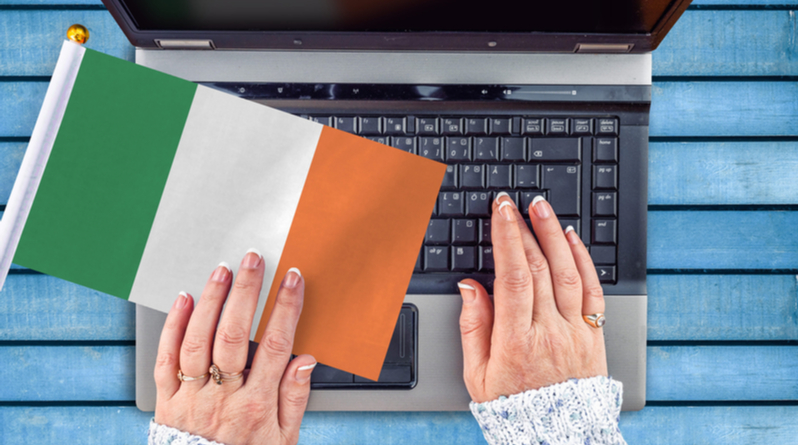

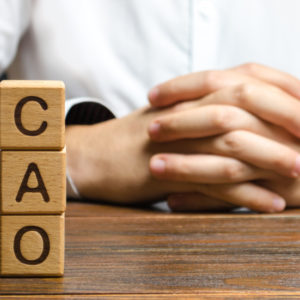
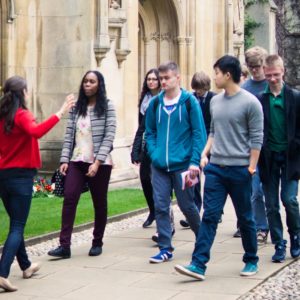



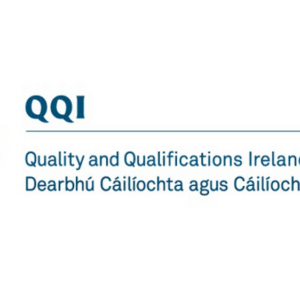
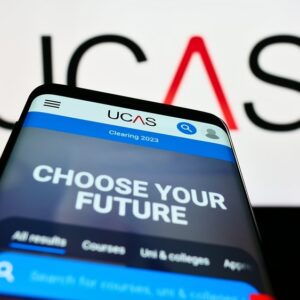


Comments